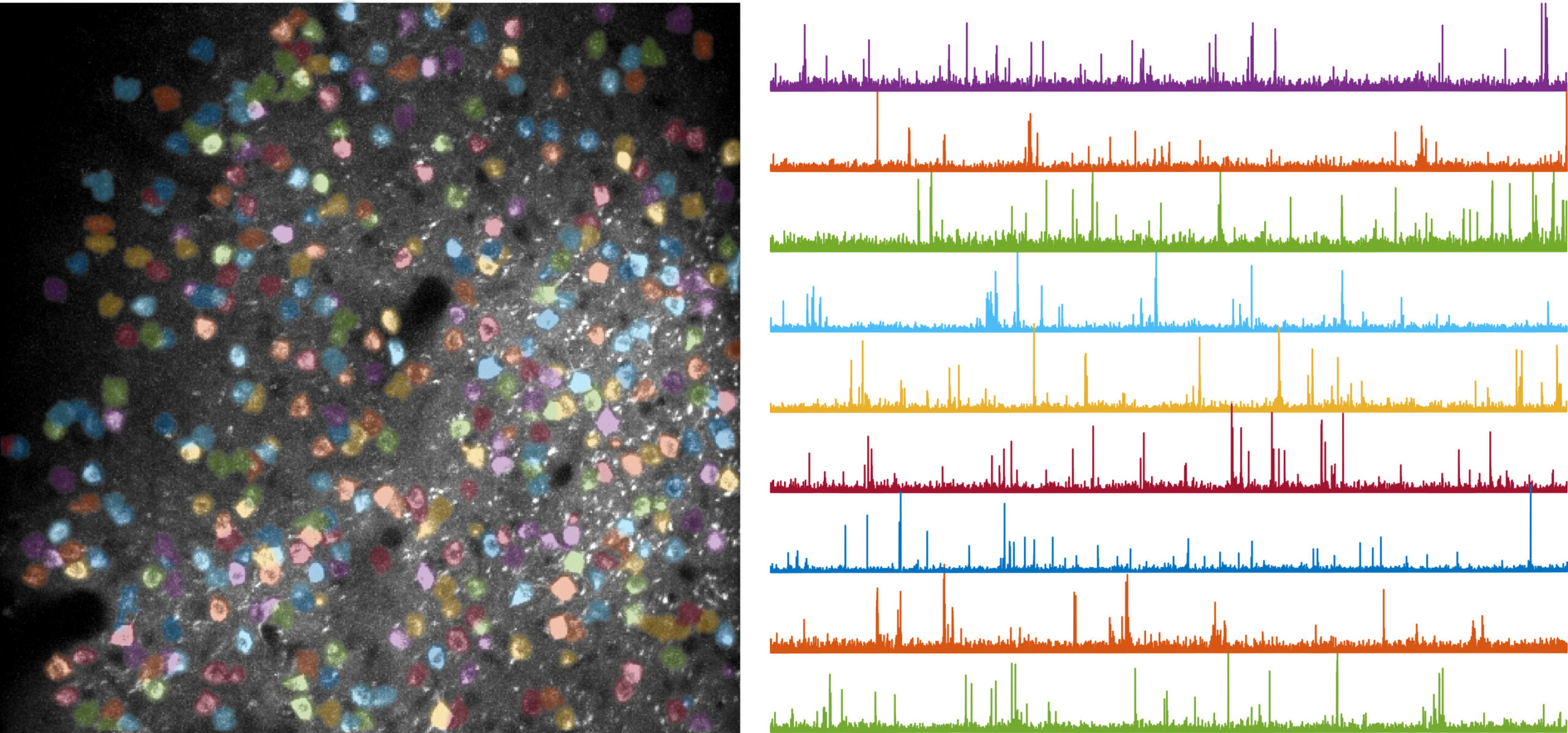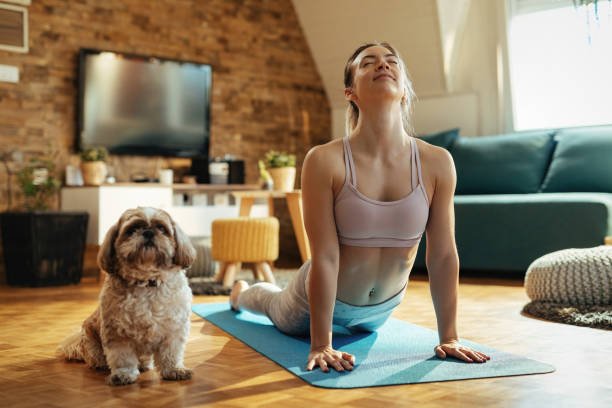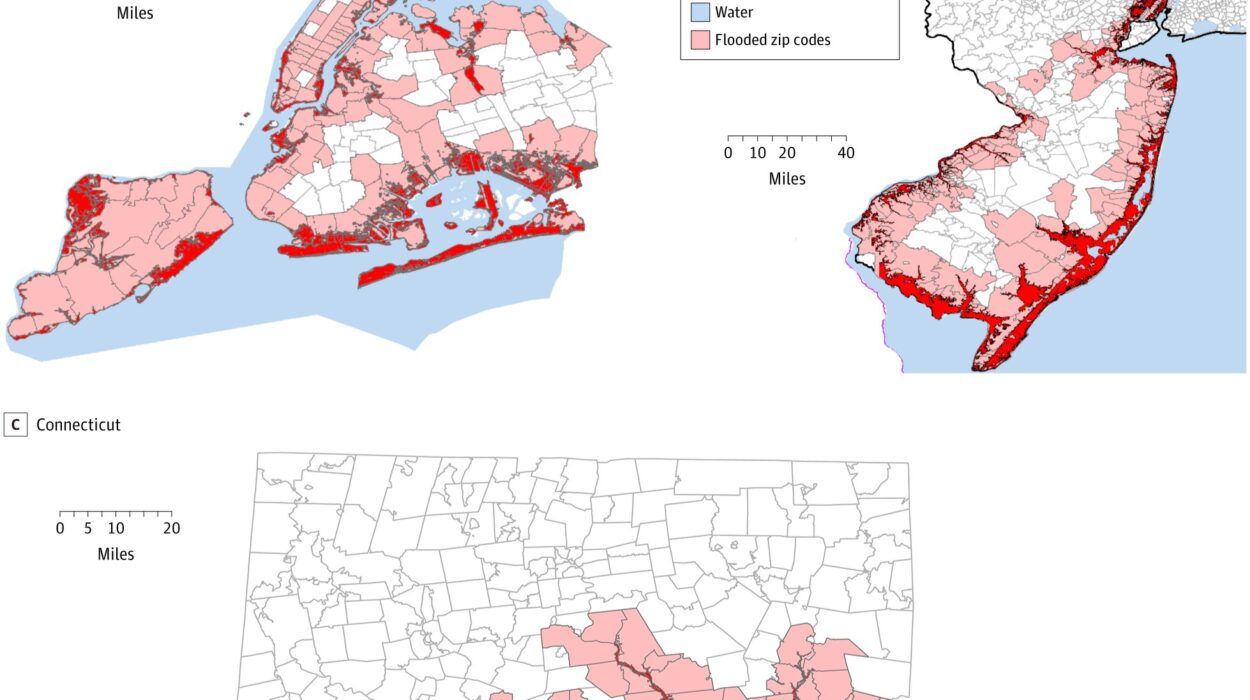In a groundbreaking study published in Nature, scientists from the University of California San Diego have upended long-held assumptions about how learning transforms the brain. Their findings challenge conventional wisdom by demonstrating that learning isn’t just about heightened brain activity—it’s about physically rewiring the brain’s communication pathways.
Led by Professor Takaki Komiyama, the research team has illuminated the invisible scaffolding of learning: a rewiring of the neural connections between the thalamus and the motor cortex. This discovery, made possible through cutting-edge imaging technologies and a revolutionary data analysis method, brings us one step closer to harnessing the brain’s innate adaptability to improve therapies for neurological disorders and advance brain-inspired technologies.
Beyond the Cortex: A Broader View of Motor Learning
For decades, neuroscientists have treated the brain’s primary motor cortex (M1)—located in the frontal lobe—as the command center for movement learning. M1 was thought to handle the heavy lifting of initiating and refining complex motions as new motor skills were acquired.
However, recent work has spotlighted the motor thalamus, a deep-brain structure traditionally seen as a relay station. This central hub has emerged as a powerful modulator of motor learning, capable of influencing how M1 behaves. But even as M1 and the motor thalamus were each acknowledged as key players, a detailed understanding of their dynamic relationship during learning remained elusive—until now.
Revealing the Hidden Wiring of Learning
To penetrate this mystery, Komiyama’s team turned to mice—longstanding model organisms in neuroscience—and a suite of powerful new tools. By combining advanced imaging with a fresh analytical approach, they were able to observe the “thalamocortical pathway,” a critical neural bridge linking the thalamus and cortex, as it changed during learning.
What they saw was not just a subtle shift in brain activity—it was a structural metamorphosis. The wiring itself was being reshaped. As the mice learned specific motor tasks, the connections between the thalamus and the motor cortex were actively refined. Certain neurons became more tightly linked, others were suppressed, and the entire circuit became more efficient and targeted.
“Learning goes beyond local changes—it reshapes the communication between brain regions, making it faster, stronger and more precise,” said lead author Dr. Assaf Ramot, a postdoctoral researcher in the Komiyama Lab. “It’s not just what the brain does that changes, but how the brain is wired to do it.”
How the Brain Learns: A Symphony of Specificity
What’s particularly remarkable about the study is the precision of the rewiring. During the motor learning process, the thalamus doesn’t just fire broadly—it selects specific neurons in the motor cortex to activate. These neurons, in turn, recruit other M1 neurons, forming a focused circuit that produces the desired movement.
This precise targeting ensures that the learning process is not chaotic or redundant, but streamlined. Neurons unrelated to the new movement are suppressed, allowing the brain to refine and commit to the most efficient pattern. It’s a bit like an orchestra where only the relevant instruments are cued to play, creating a harmonious output with no unnecessary noise.
Professor Komiyama explained, “During learning, these parallel and precise changes are generated by the thalamus activating a specific subset of M1 neurons, which then activate other M1 neurons to generate a learned activity pattern.” This targeted rewiring ensures that the brain’s resources are used optimally, making the learned action both accurate and repeatable.
A New Tool to Understand Behavior Across Brains
Behind this discovery lies a key innovation: a novel data analysis tool called ShaReD (Shared Representation Discovery). Developed in collaboration with Neurobiology Assistant Professor Marcus Benna and graduate student Felix Taschbach, ShaReD allows researchers to compare neural data across different individuals while accounting for biological variation.
Behavioral patterns and the way they are encoded in the brain can vary dramatically from one individual to another—even in genetically identical animals performing the same task. ShaReD bypasses this limitation by identifying common patterns, or “landmarks,” in the data, rather than forcing all brains to conform to a single rigid framework.
“Existing methods usually enforce artificial alignment across subjects—like asking everyone to walk the same path to a destination,” explained Taschbach. “ShaReD is more like finding which landmarks consistently help travelers navigate, even if they take slightly different routes.”
This technique allowed the team to pool data across many animals, revealing neural patterns that would have remained hidden if viewed in isolation. It’s a major leap forward for neuroscience, where small differences in brain activity can lead to vastly different interpretations.
Not Just Repetition: The Biological Art of Learning
One of the most profound implications of the study is its redefinition of learning itself. Too often, learning is seen as the mindless repetition of a task until it becomes second nature. But this research tells a different story: learning is a biologically active process, in which the brain rewires itself with intention and precision.
“The study shows that learning isn’t just repetition,” Ramot emphasized. “It’s about your brain literally rewiring itself in a targeted way.”
This has far-reaching implications—not just for understanding how we learn to play an instrument or ride a bike, but for rehabilitating stroke patients, enhancing neuroprosthetic devices, and treating a host of brain-related conditions.
Implications for Therapy, Technology, and Beyond
By uncovering the dynamic changes in thalamocortical pathways, this research opens the door to more effective therapies for neurological disorders. For patients recovering from brain injuries, interventions that mimic or support this natural rewiring process could significantly improve outcomes. Likewise, brain-computer interfaces and neuroprosthetics could become more adaptive by aligning with the brain’s native learning architecture.
“Understanding how brain regions reorganize their communication helps us design better therapies and technologies that work with the brain’s natural learning mechanisms,” said Komiyama.
The insights gained from this study could one day inform personalized approaches to neurorehabilitation—where each patient’s unique brain wiring is mapped and targeted with customized stimulation protocols. Moreover, as brain-machine interfaces become more sophisticated, integrating these insights will be key to developing tools that adapt as the user learns.
A Tribute to a Brilliant Mind
The study is dedicated to the memory of Dr. An Wu, an assistant project scientist in Komiyama’s lab who tragically lost her life in a fire in Montreal in 2023. Wu was remembered not only as a brilliant neuroscientist but also as a kind and uplifting presence in the lives of her colleagues.
Her contributions to neuroscience, particularly in the understanding of brain plasticity, were significant. This paper stands as both a scientific achievement and a heartfelt tribute to her legacy.
A Broader Vision of the Brain’s Potential
The revelations from this study are part of a broader effort by the Komiyama Lab to decode the neural mechanics of learning. In a companion study published in Science just weeks earlier, the lab described how synapses in different brain regions follow distinct learning rules—a complex choreography that ensures flexibility and specificity in how we acquire skills.
Together, these studies represent a paradigm shift. Learning is not a passive absorption of information, but a dynamic reorganization of the brain’s architecture—a rewriting of the neural playbook to master new tasks.
As we stand at the frontier of brain science, one thing becomes clear: the brain is not a static machine but a living, evolving network of connections. Every skill we acquire, every habit we form, every new behavior we learn is etched into the brain not as a trace, but as a transformation.
And thanks to this study, we are beginning to see exactly how that transformation unfolds.
Reference: Motor learning refines thalamic influence on motor cortex, Nature (2025). DOI: 10.1038/s41586-025-08962-8






